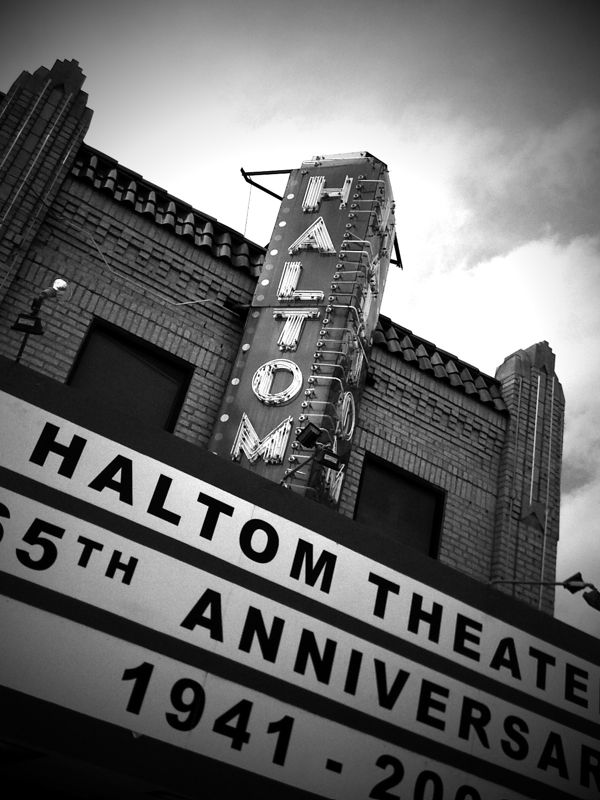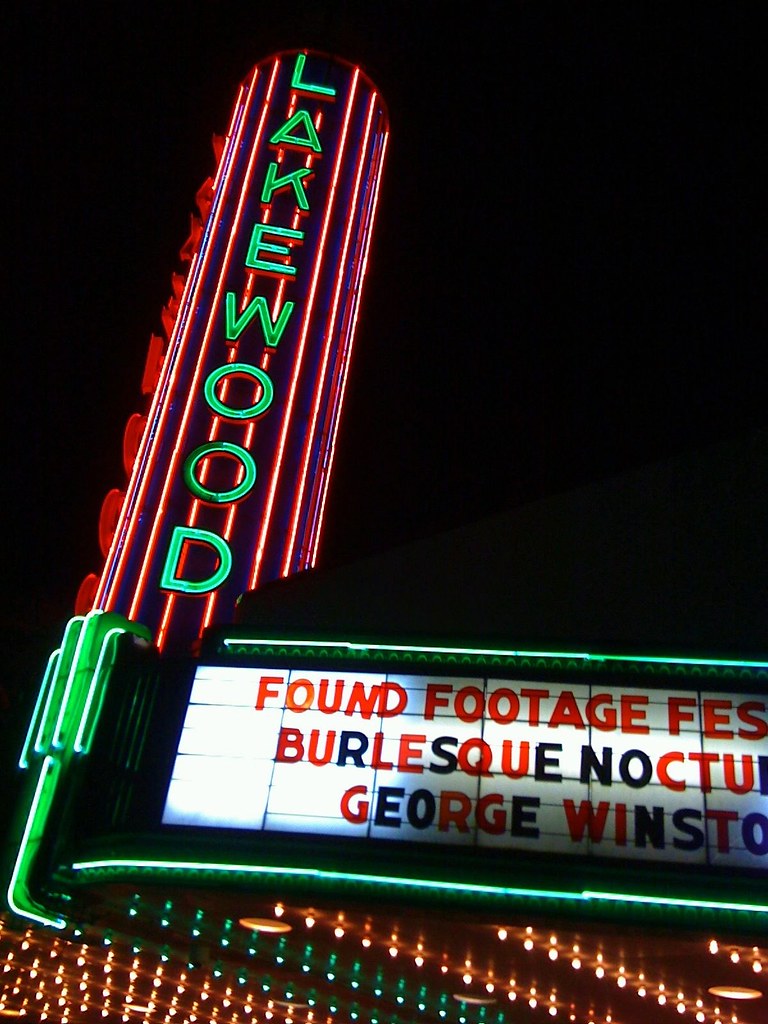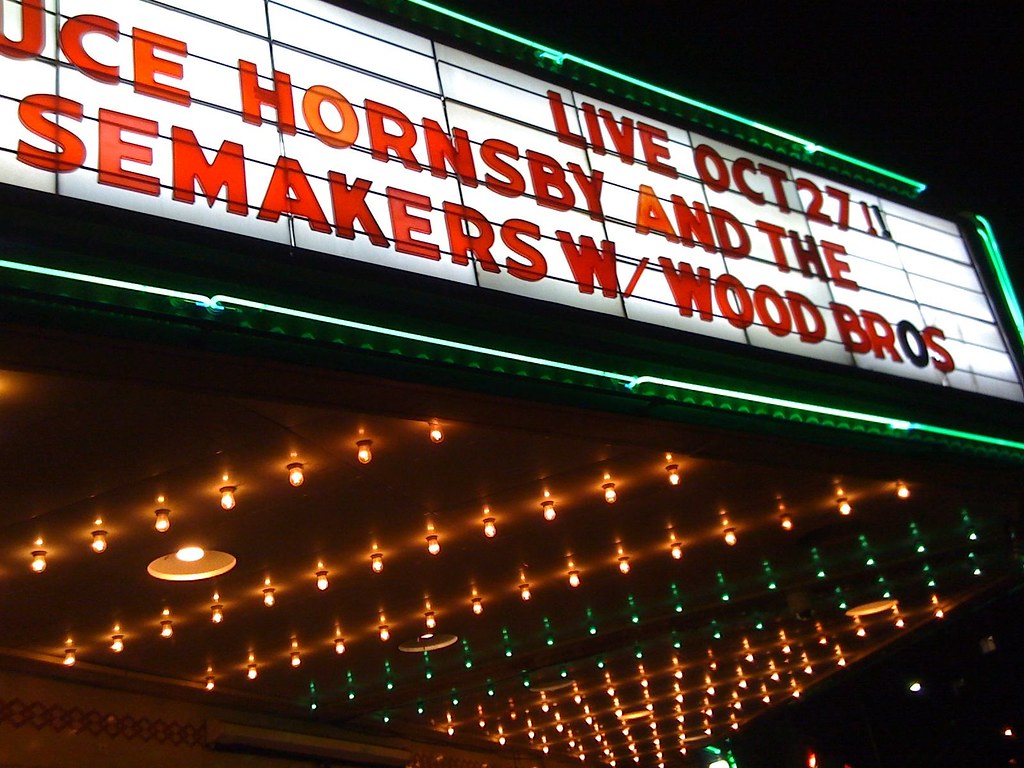When I was a kid growing up, we’d never heard of multi-screen cinemas. The fancy theaters were spelled -tre at the end. We went to the local theater. Ours was The Plaza, spelled out in an early sixties script in pink neon letters that glowed large over the marquee. There was always a double feature — two current movies. The big show started the evening matinee. The second feature started around 7:00 or so and the big show played again at 9:30 or 10:00. If you got there early, you could get in cheap and see “Jaws” twice in one night.
There was only one auditorium and it felt like it could seat the whole town. The floors sloped gently. In a packed show, odds were good that you would see the back of someone’s head covering up part of the screen. If you were tall like me, you were “that guy.” The chairs were always plush, thickly padded and upholstered in velour — usually red. There were previews before each feature. If you were really lucky, you got a cartoon.
Today, most of those big, one screen movie houses are gone — either closed, demolished, or converted to live music venues. I like going to movies now. I love digital projection, Dolby THX sound and stadium seating. The old theaters, though, were a different experience. They were a different way to see the movies.
=M=
Shot with Camera Genius, processed with CameraFix
Shot with Camera Genius, processed with Photogene
Shot with Camera Genius
Shot with Camera Genius, processed with Photogene




